Home>Garden Essentials>What Part Of The Coconut Is The Seed
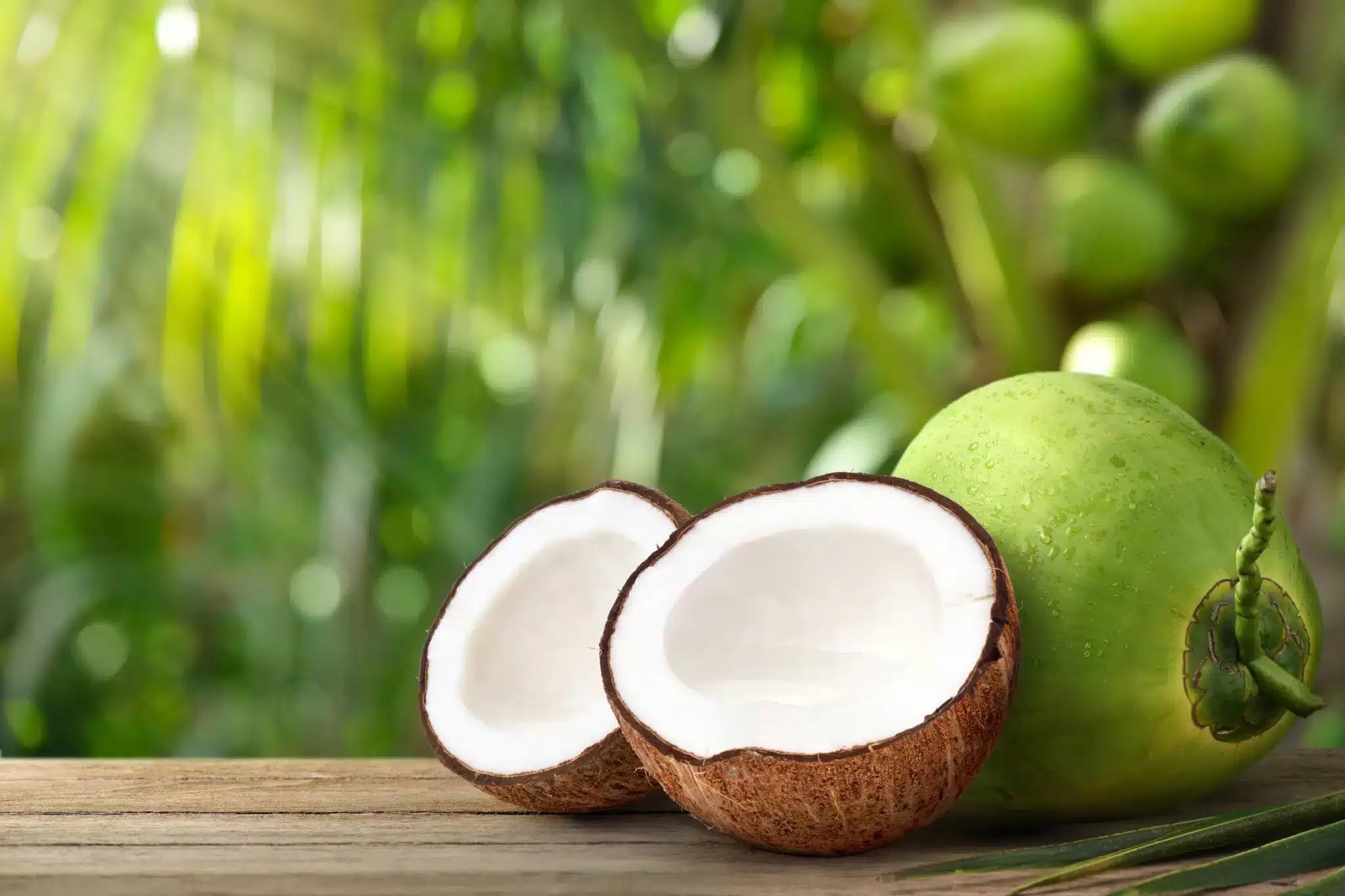

Garden Essentials
What Part Of The Coconut Is The Seed
Modified: April 22, 2024
Discover the secret to growing coconuts in your garden. Learn which part of the coconut is the seed and how to cultivate it successfully.
(Many of the links in this article redirect to a specific reviewed product. Your purchase of these products through affiliate links helps to generate commission for Storables.com, at no extra cost. Learn more)
Introduction
Welcome to the fascinating world of coconuts! These versatile and delicious fruits have captured the attention of garden enthusiasts and culinary enthusiasts alike. While most people are familiar with the sweet and refreshing coconut water, creamy coconut milk, and the tender flesh that can be enjoyed straight from the shell, there is still a lot of confusion surrounding the anatomy of a coconut, particularly when it comes to identifying the seed. In this article, we will explore the various parts of a coconut and shed light on the ongoing debate about which part should be considered the true seed.
The coconut palm (Cocos nucifera) is a tropical tree that belongs to the Arecaceae family. It is native to the coastal regions of Southeast Asia and thrives in warm and humid climates. The coconut fruit, technically known as a drupe, is one of the defining features of the tree. It has a tough outer husk, a fibrous layer called the mesocarp, and the cavity inside, which houses the nutritious and delectable components we associate with coconuts.
Before we dive into the specifics, let’s take a closer look at the anatomy of a coconut. By understanding the different parts, we can better appreciate the intricacies of this remarkable fruit.
Key Takeaways:
- The coconut seed debate centers around whether the entire inner part or just the embryo should be considered the true seed. Both play crucial roles in the reproduction of the coconut palm, highlighting the complexity of this remarkable fruit.
- While the scientific definition of a seed applies to the embryo, the debate about the coconut seed sheds light on the vital role of the endosperm in nourishing the developing coconut palm. Regardless of terminology, coconuts continue to captivate with their versatility and significance.
Read more: What Is A Coconut Seed
Anatomy of a Coconut
To fully comprehend the coconut seed debate, it’s important to familiarize ourselves with the various components that make up a coconut. A mature coconut consists of four main parts:
- Husk: The outermost layer of the coconut is the husk, which is a thick and fibrous covering. It provides protection and gives the fruit its characteristic appearance. The husk is usually green when young and turns brown as the coconut matures.
- Mesocarp: Beneath the husk lies the mesocarp, a layer of fibrous material that surrounds the inner seed cavity. This layer is composed of dense fibers that help maintain the structural integrity of the fruit.
- Endocarp: The endocarp is the hard, woody layer that encloses the inner cavity of the coconut. It is typically brown in color and acts as a shield for the seed inside. In some cases, the endocarp may be thin and easily separable from the seed, while in others, it may be thicker and more difficult to remove.
- Seed: Finally, we reach the most debated part of the coconut – the seed. This is the innermost part of the fruit and contains the embryo of the coconut palm. It is surrounded by a liquid called endosperm, which is rich in nutrients and serves as a source of nourishment for the developing embryo.
While the husk, mesocarp, and endocarp are considered protective layers of the fruit, the seed is the part that plays a crucial role in the reproduction and propagation of the coconut palm.
The Mystery of the Coconut Seed
The debate surrounding the coconut seed arises from the conflicting definitions of what constitutes a seed. In botanical terms, a seed is defined as the mature fertilized ovule of a flowering plant. It contains the embryo, which has the potential to grow into a new plant. However, when it comes to coconuts, there is some ambiguity about whether the entire inner part should be classified as the seed or if only the enclosed embryo qualifies as the true seed.
Those who argue that the entire inner part is the seed point to the fact that it contains the embryo, which is the reproductive part of the coconut. They believe that since the embryo has the potential to germinate and grow into a coconut palm, the entire inner part should be considered the seed.
On the other side of the debate, some people argue that only the embryo itself should be classified as the seed. They contend that the endosperm, which surrounds the embryo and provides it with nutrients, is not a true part of the seed. Instead, they consider it to be a storage tissue that supports the development of the embryo but does not possess the ability to germinate on its own.
This difference in interpretation has led to confusion and varied terminology when referring to the inner part of the coconut. Some sources refer to it as the “coconut seed,” while others prefer terms such as “coconut kernel” or “coconut meat.”
Further adding to the complexity is the fact that the coconut is unique in its ability to produce both seedling and dwarf varieties. Seedling coconuts grow from fresh, viable seeds and exhibit genetic diversity, resulting in variations in tree size, yield, and other characteristics. Dwarf coconuts, on the other hand, are cultivated from specific dwarf varieties through vegetative propagation and lack the genetic diversity of seedlings.
While the debate about the coconut seed may continue, it is important to appreciate the significance of the entire inner part of the coconut, whether we classify it as the seed or the combination of the seed and endosperm. It is this part that provides the sustenance and fertility for the future of the coconut palm.
The seed of the coconut is actually the inner part of the coconut fruit, known as the endosperm. It is the white, meaty part that we often eat or use to make coconut milk.
The Truth Behind the “Coconut Seed” Debate
With the conflicting views on whether the entire inner part of the coconut should be considered the seed or if only the embryo qualifies, it’s important to understand the scientific perspective to shed light on the truth behind the debate.
According to botanical experts and researchers, the conventional definition of a seed applies to the mature embryo surrounded by a protective seed coat. By this definition, the only part of the coconut that meets the criteria is the embryo itself. The endosperm, which surrounds and nourishes the embryo, is not technically considered part of the seed.
However, it is essential to acknowledge the significant role the endosperm plays in the germination and growth of the coconut palm. In the case of coconuts, the endosperm is abundant and provides the necessary energy and nutrients for the developing embryo. It acts as a reserve tissue, ensuring the survival and successful establishment of the coconut palm during its early stages.
While the debate may seem semantic, knowing the precise botanical definitions can help us understand the unique biology of coconuts and their reproductive process. Furthermore, it can eliminate confusion when discussing the inner part of the coconut, whether we refer to it as the seed, kernel, or meat.
It’s also worth noting that beyond the classification debate, coconuts have tremendous cultural, economic, and culinary significance worldwide. They have been used for centuries in various industries, supplying valuable products such as coconut oil, coconut milk, and coconut flour. The fruit also plays a vital role in traditional medicine and is celebrated for its nutritional benefits.
Ultimately, regardless of the terminology used, the coconut seed debate should not overshadow the wonder and versatility of this incredible fruit. From its tough outer husk to the delicious flesh and refreshing water inside, the coconut continues to captivate our senses and provide a multitude of uses and benefits.
Conclusion
The debate surrounding the true seed of the coconut may continue among botanical enthusiasts and scholars. While some argue for the entire inner part to be considered the seed, others adhere to the traditional definition and identify only the embryo as the seed. However, what remains undeniable is the significant role that the inner part of the coconut plays in the reproduction and propagation of the coconut palm.
Whether we refer to it as the seed, kernel, or meat, the inner part of the coconut is a remarkable source of nourishment and sustenance. The endosperm, rich in nutrients, provides the energy and support needed for the embryo to grow into a mature coconut palm. Its abundance and versatility make coconuts a valuable resource in various industries, from food and cosmetics to health and wellness.
As garden enthusiasts, it is important to appreciate the intricate anatomy of the coconut and its remarkable ability to sustain life. Whether planting coconut trees for landscaping purposes or enjoying the delicious fruit they bear, coconuts are a symbol of tropical beauty and resilience.
So, the next time you crack open a coconut and savor its refreshing water and succulent flesh, remember the awe-inspiring journey that this fruit has undertaken. From its tough husk to its protective layers and the nourishing seed within, the coconut is nature’s gift, offering us a taste of paradise.
In conclusion, let’s celebrate the coconut for all its wonders and continue to explore the fascinating world of gardening and horticulture, always seeking to deepen our understanding and appreciation of the plants that enrich our lives.
Frequently Asked Questions about What Part Of The Coconut Is The Seed
Was this page helpful?
At Storables.com, we guarantee accurate and reliable information. Our content, validated by Expert Board Contributors, is crafted following stringent Editorial Policies. We're committed to providing you with well-researched, expert-backed insights for all your informational needs.
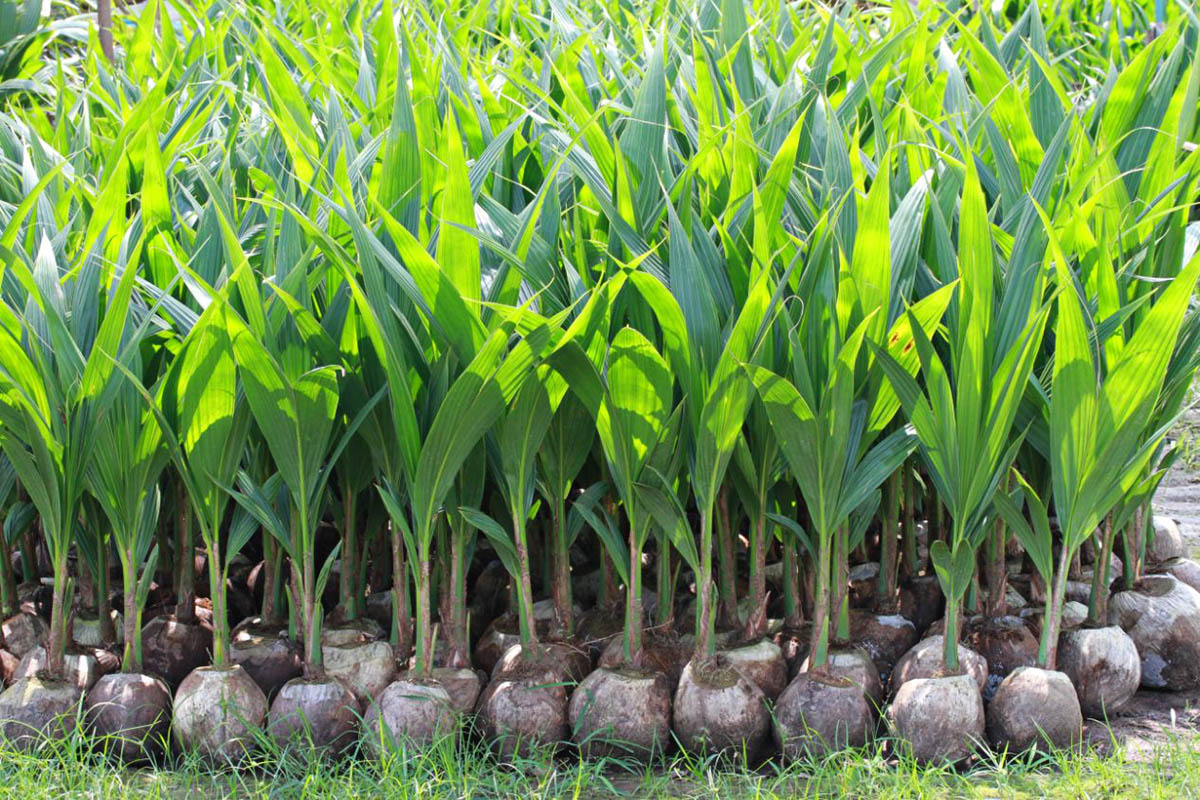
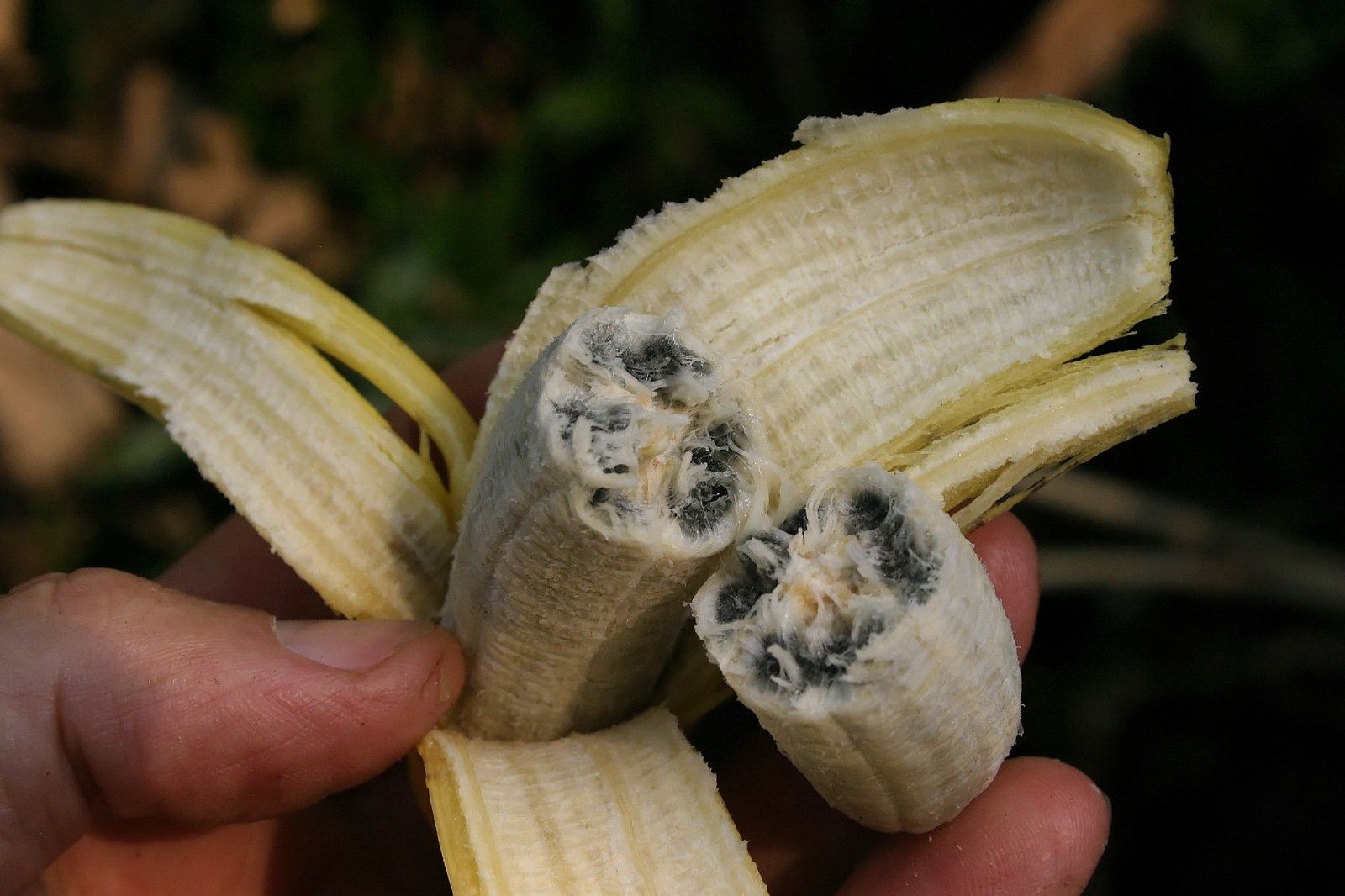
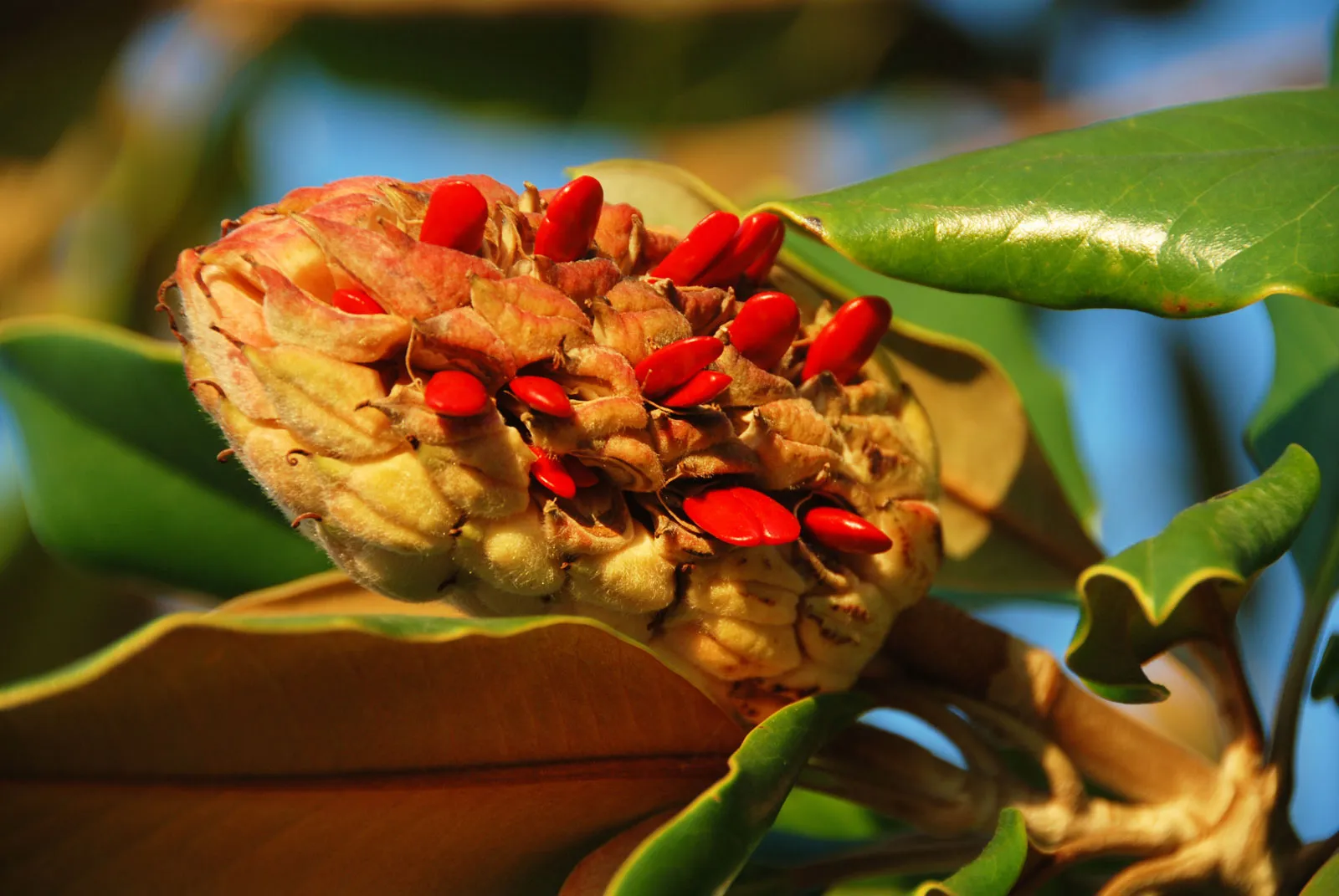
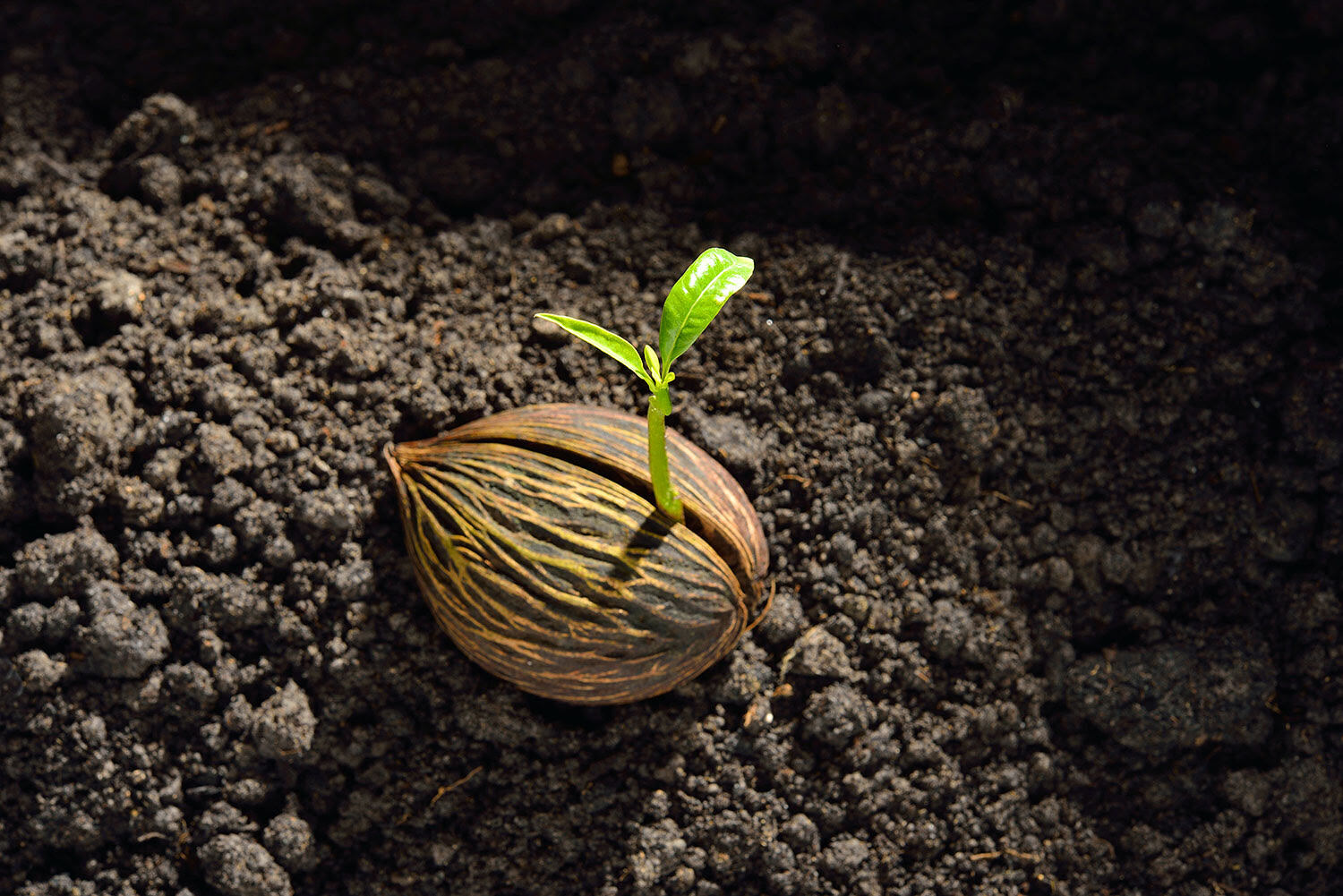
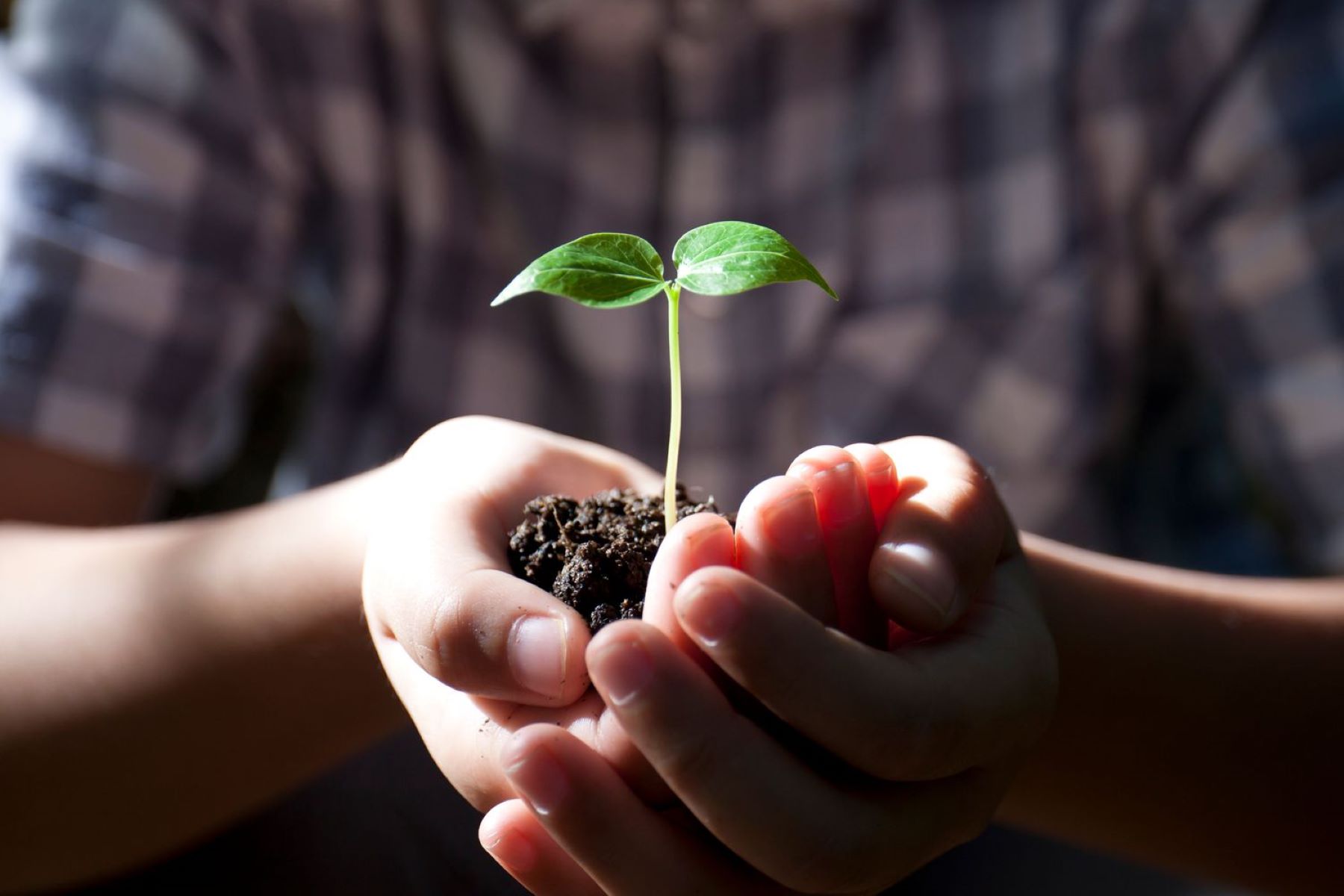
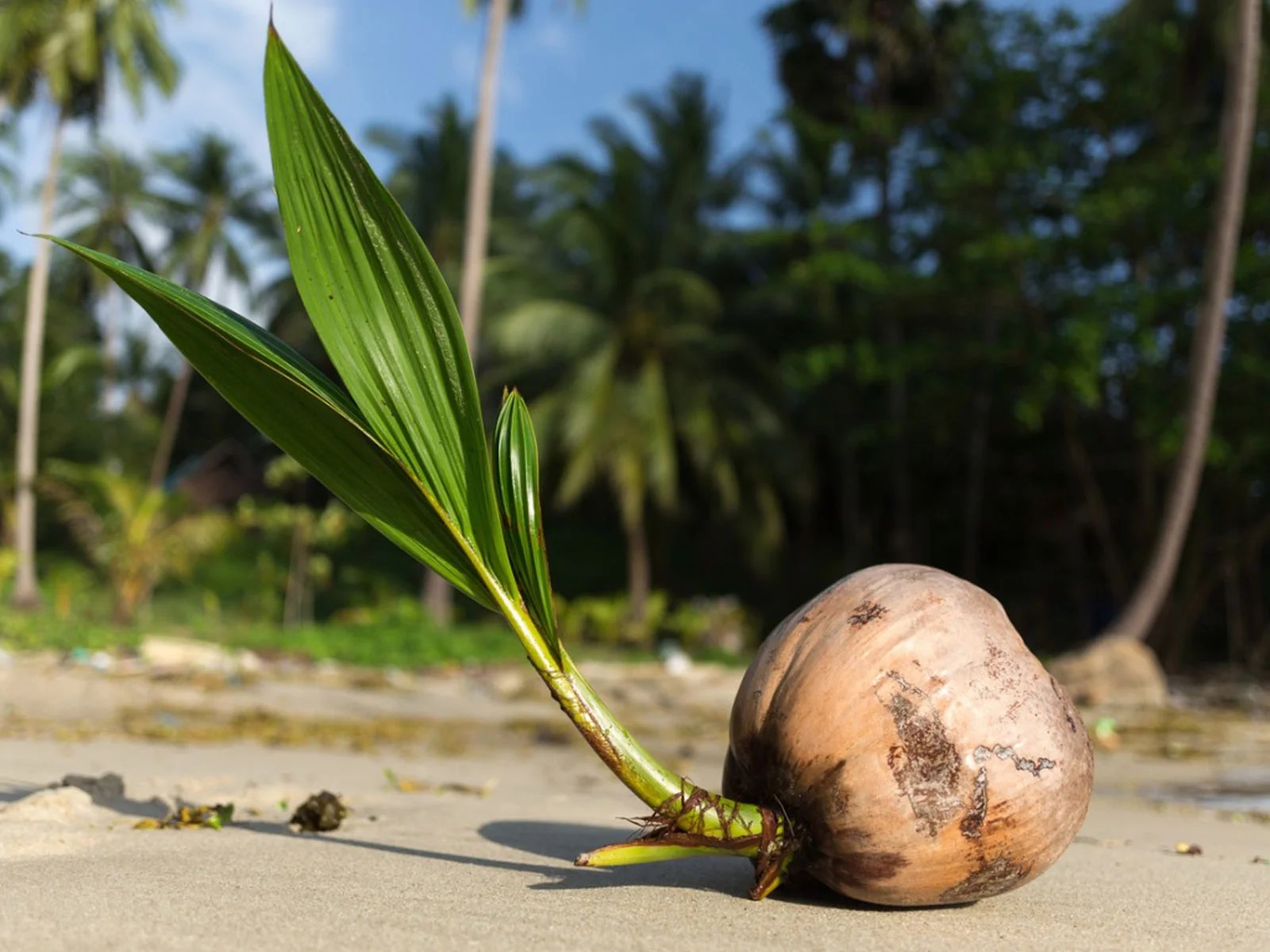
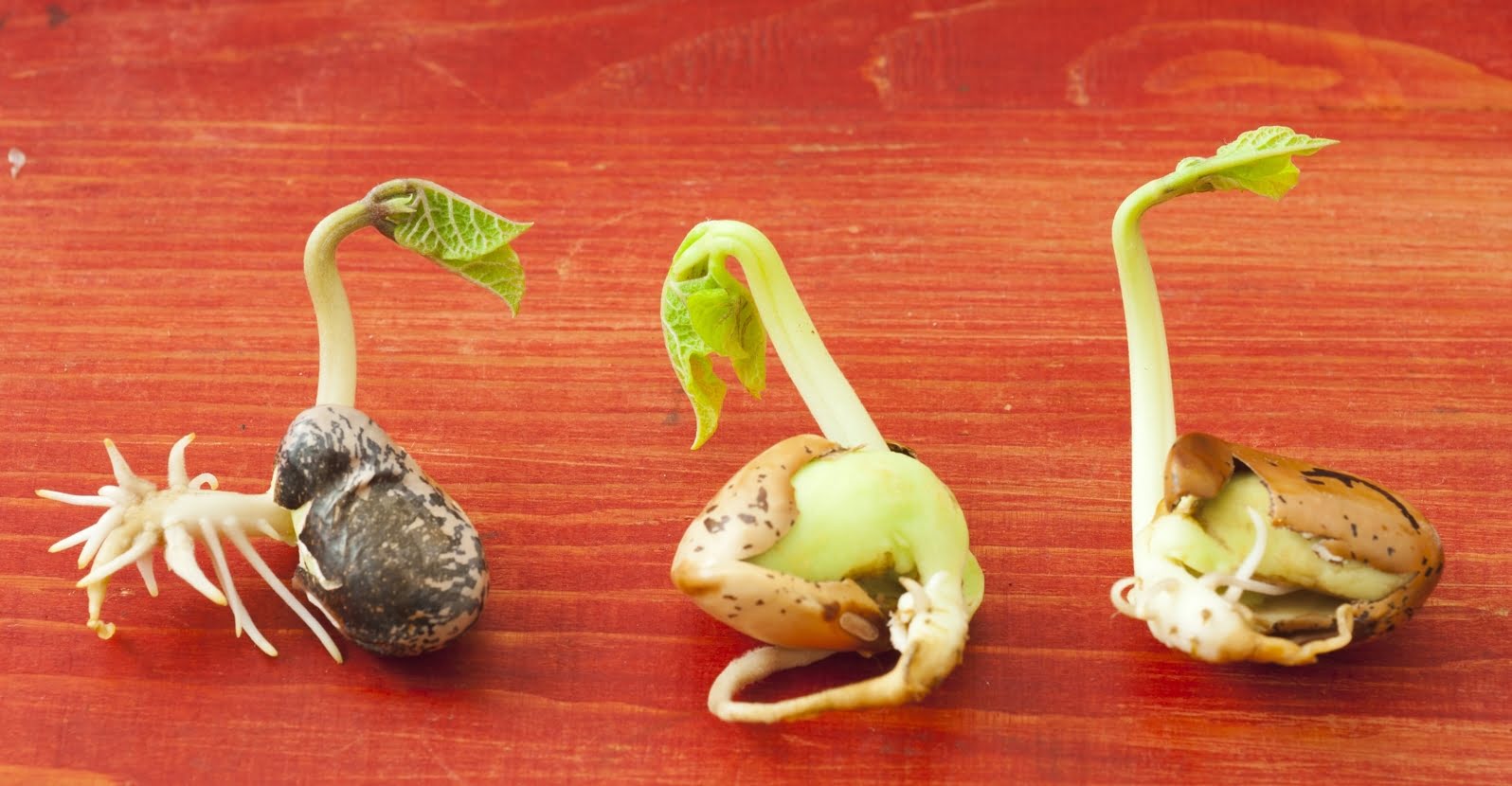
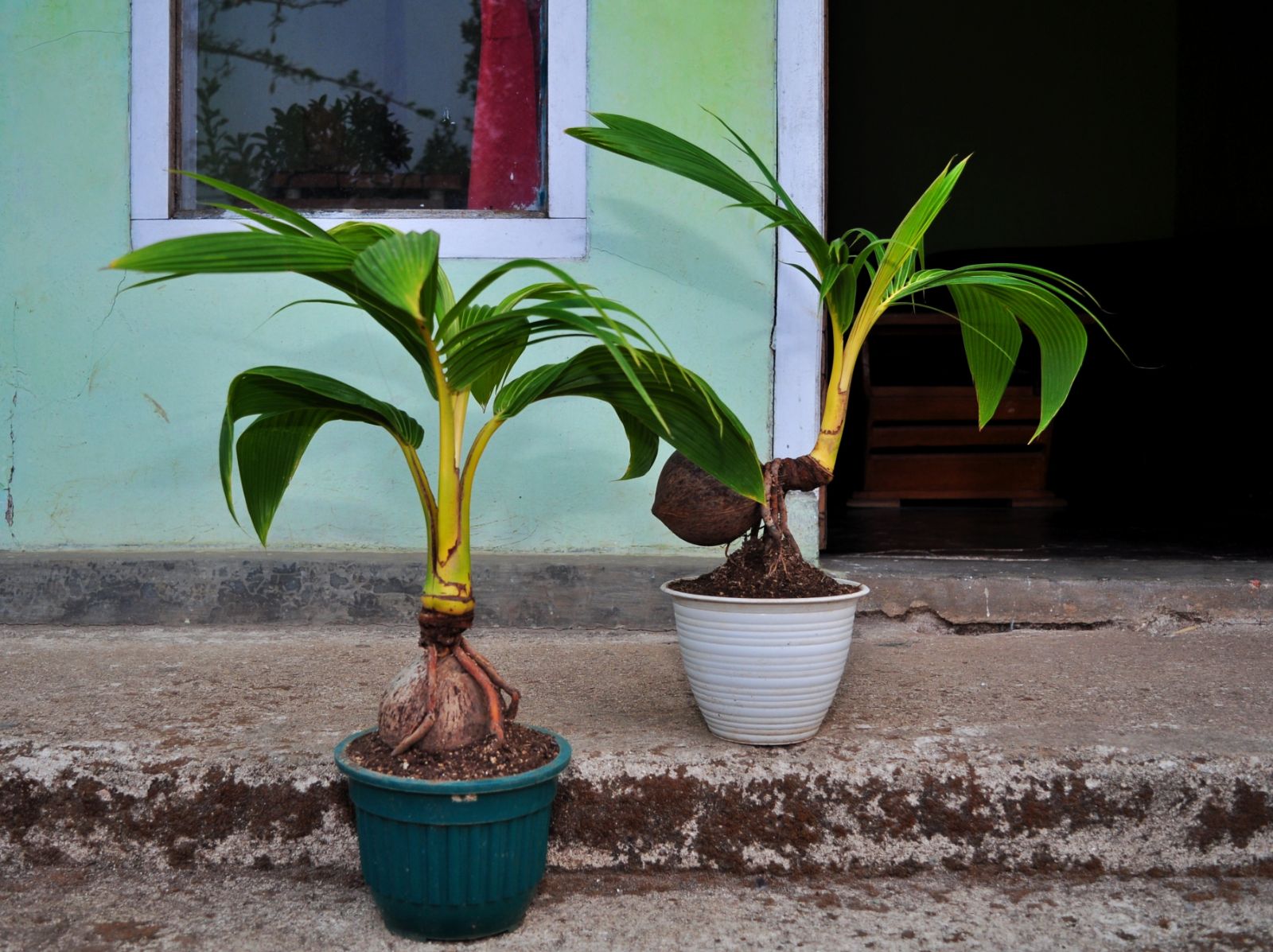
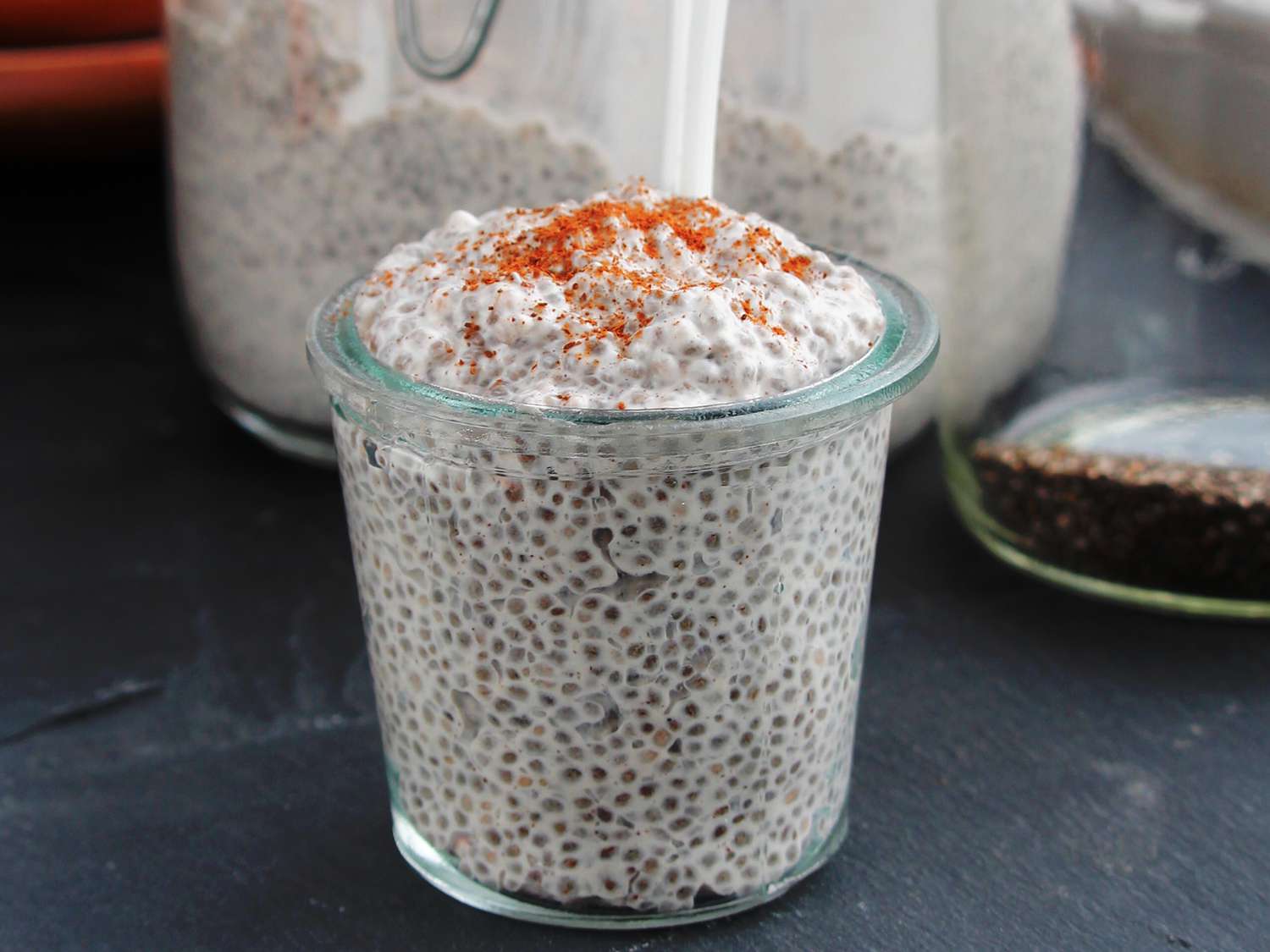
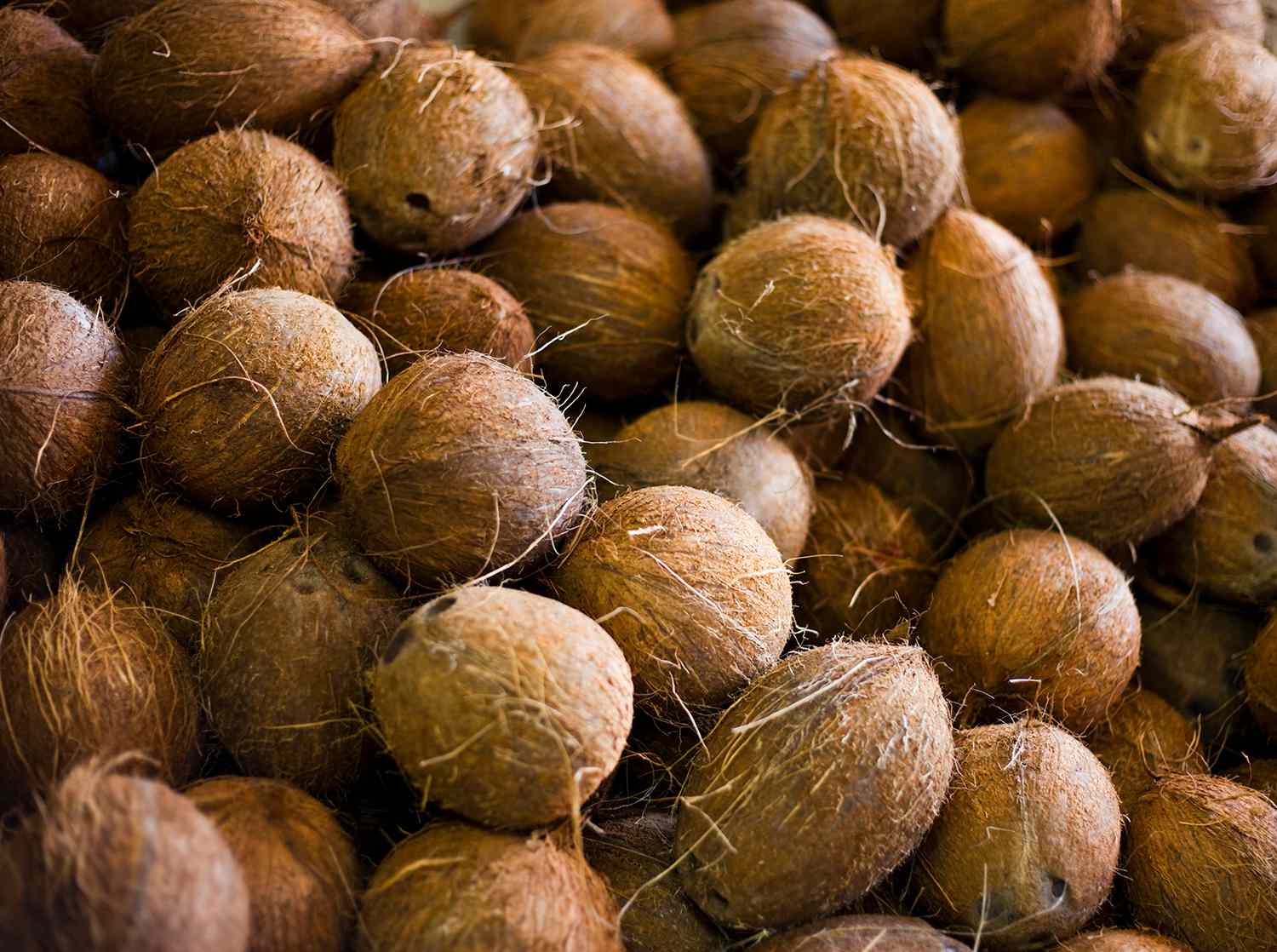
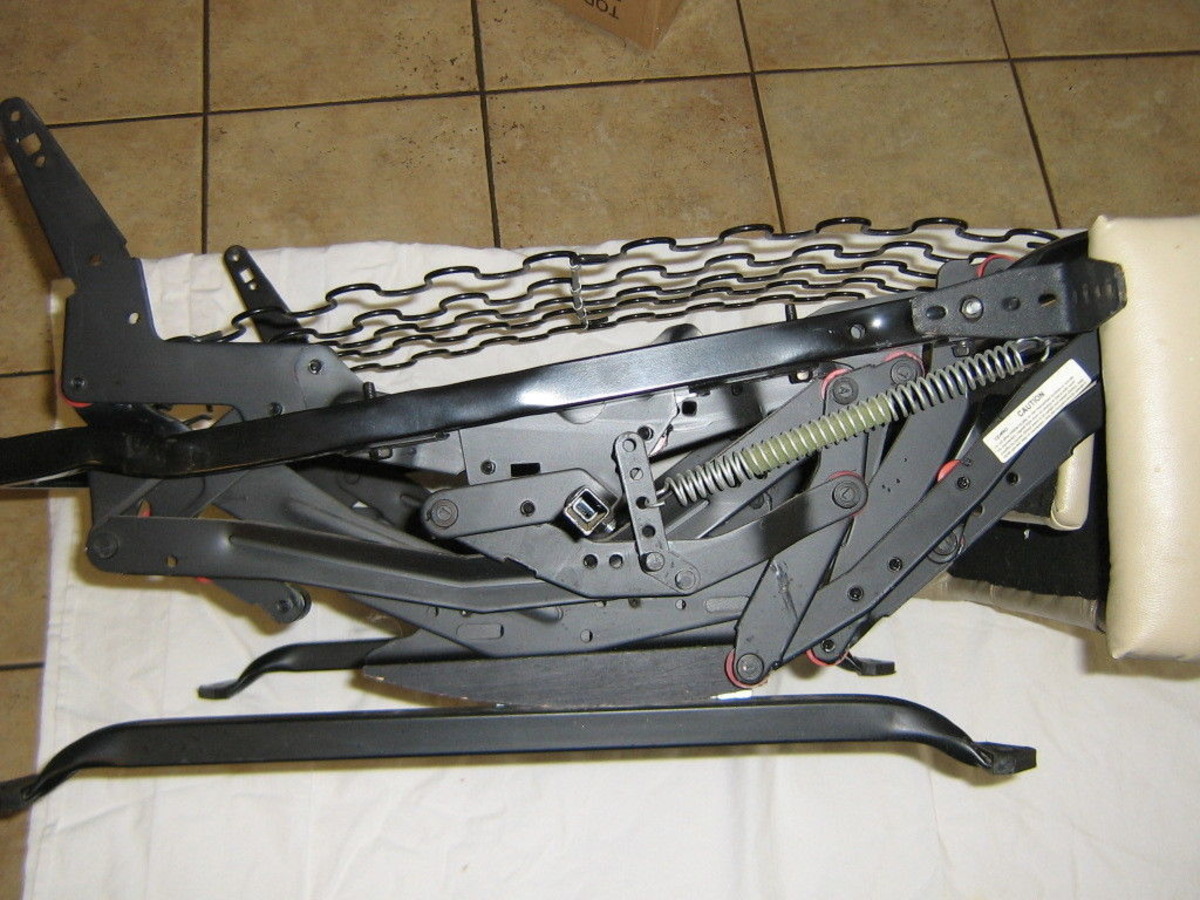
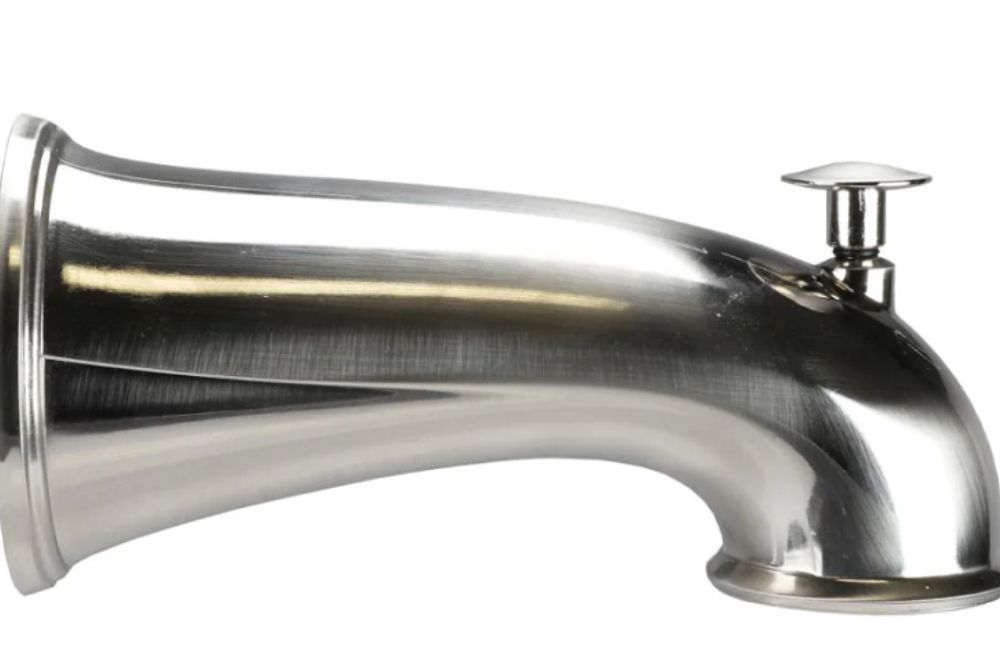
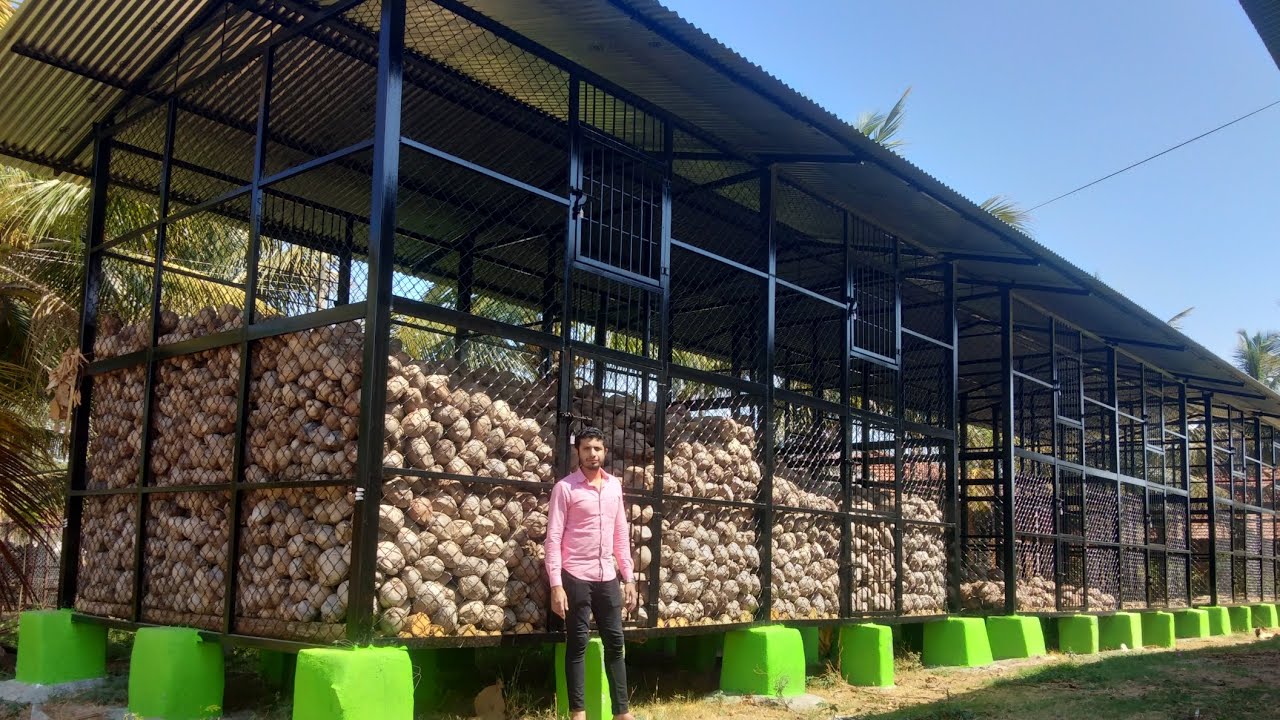



0 thoughts on “What Part Of The Coconut Is The Seed”